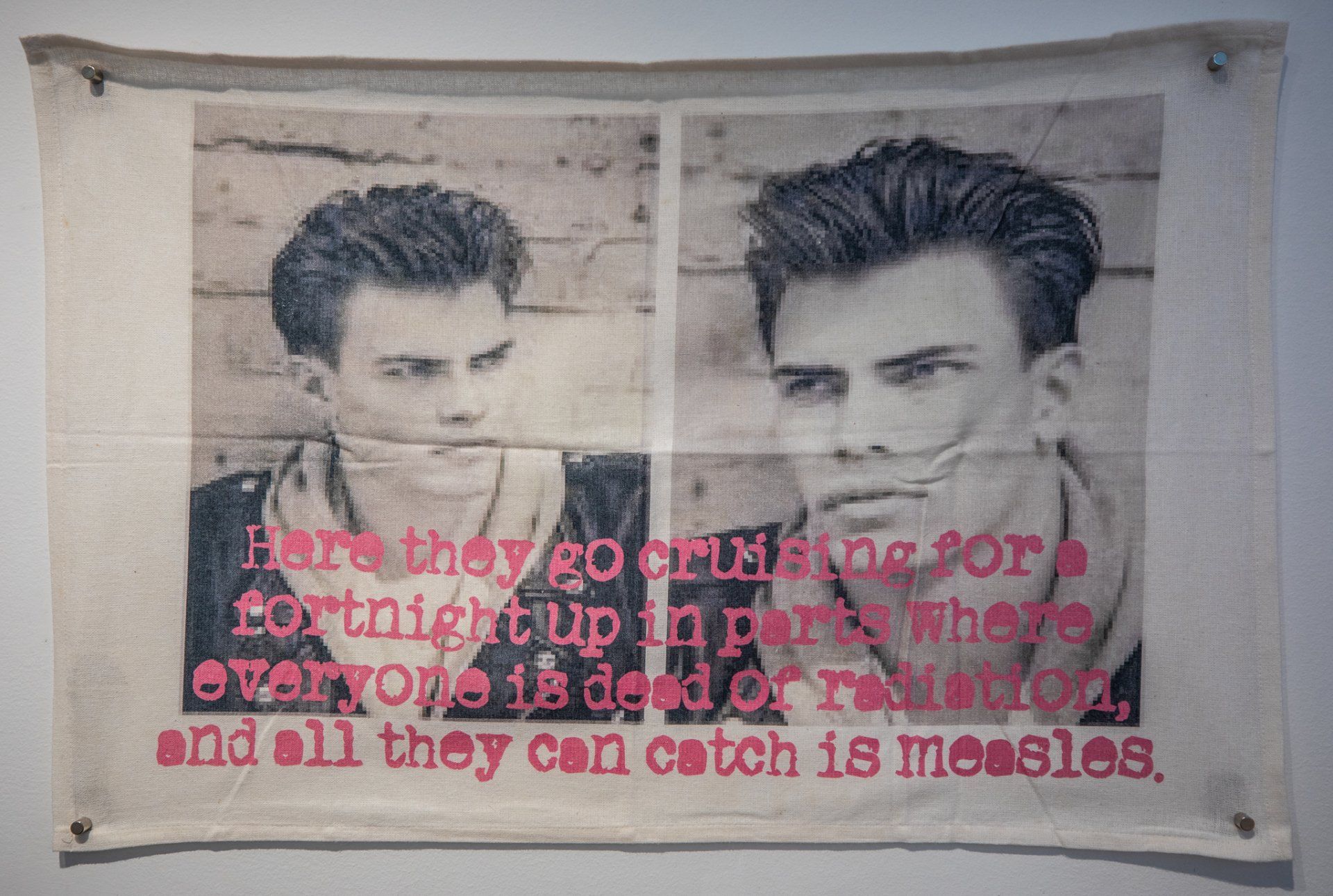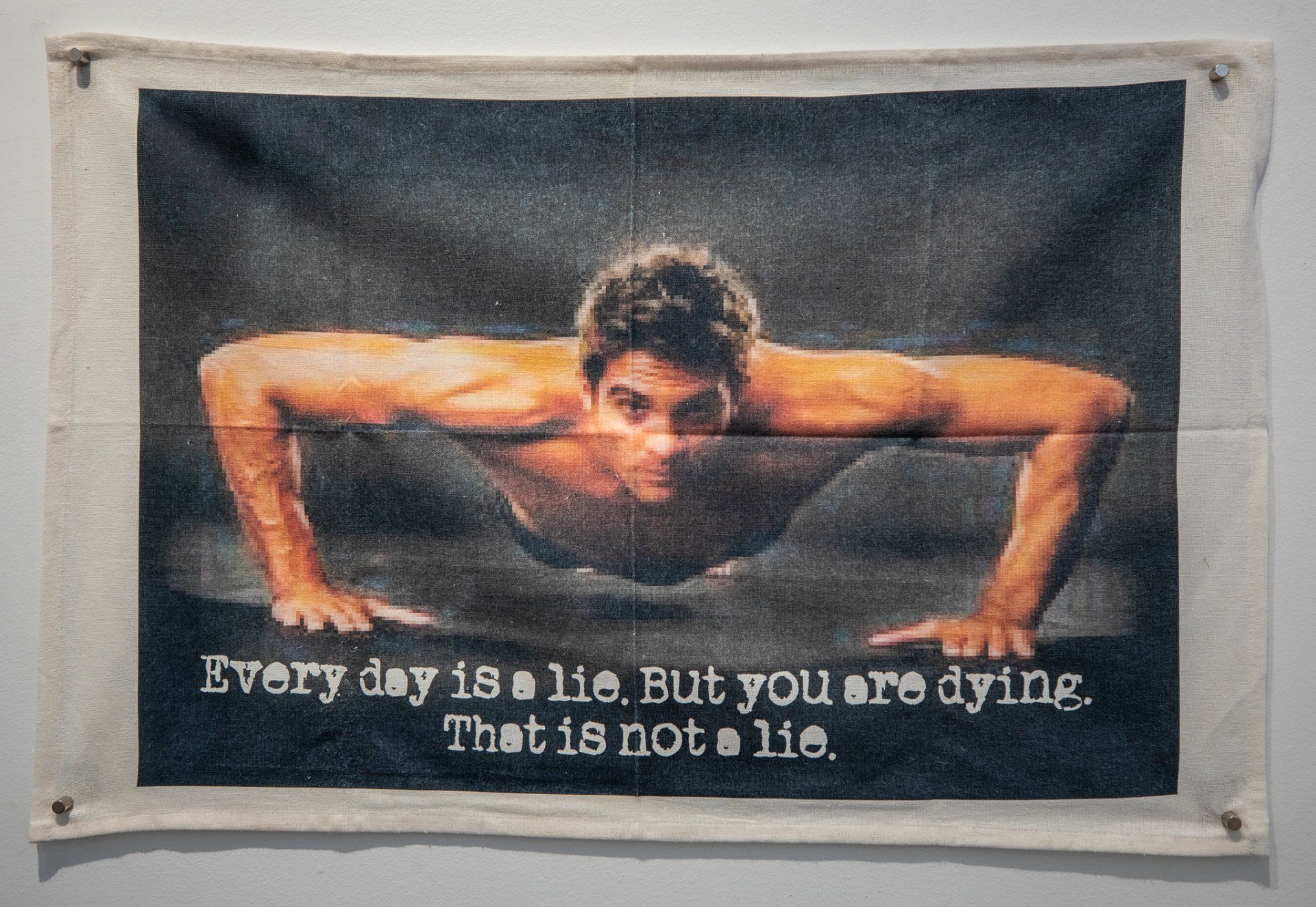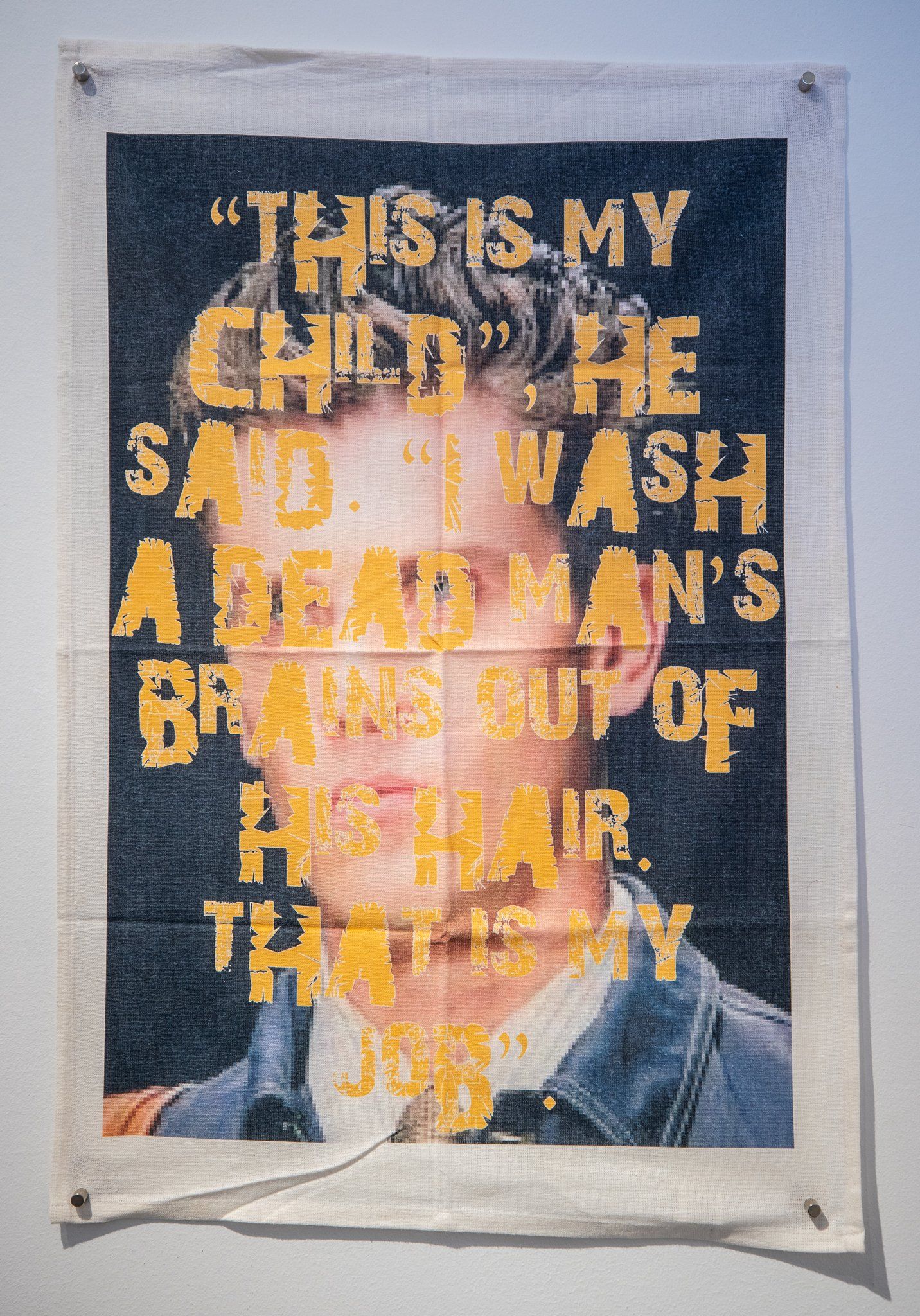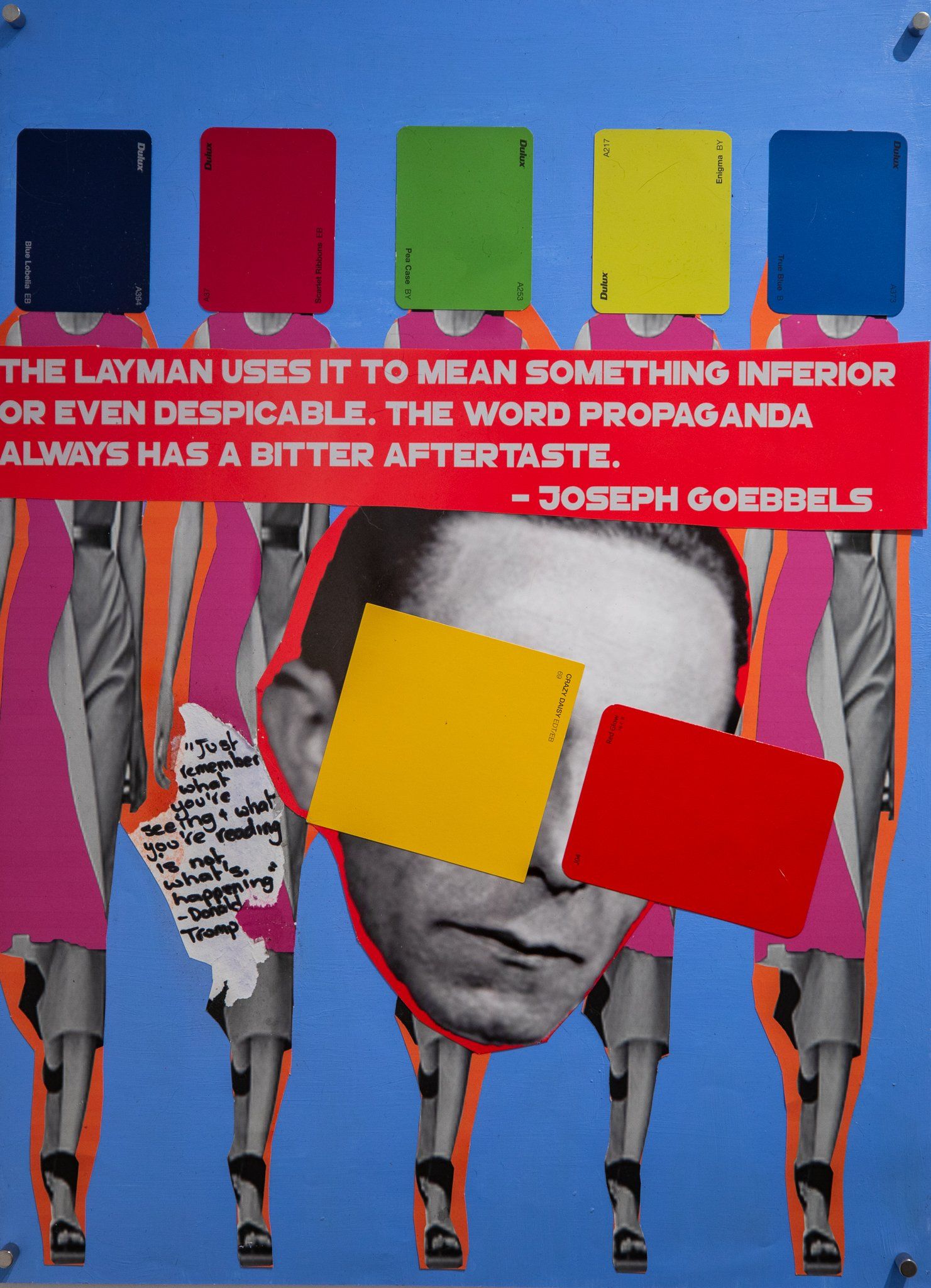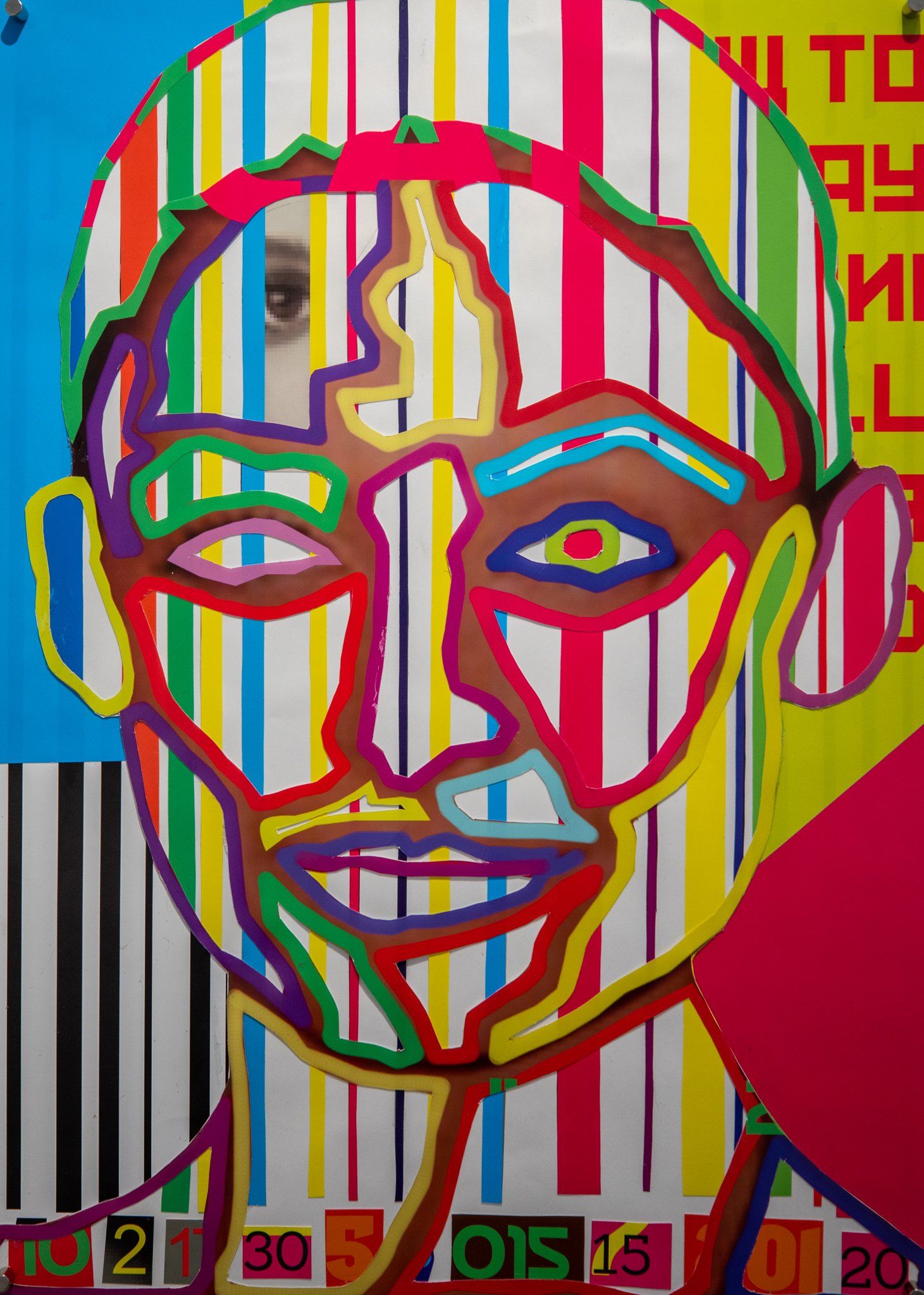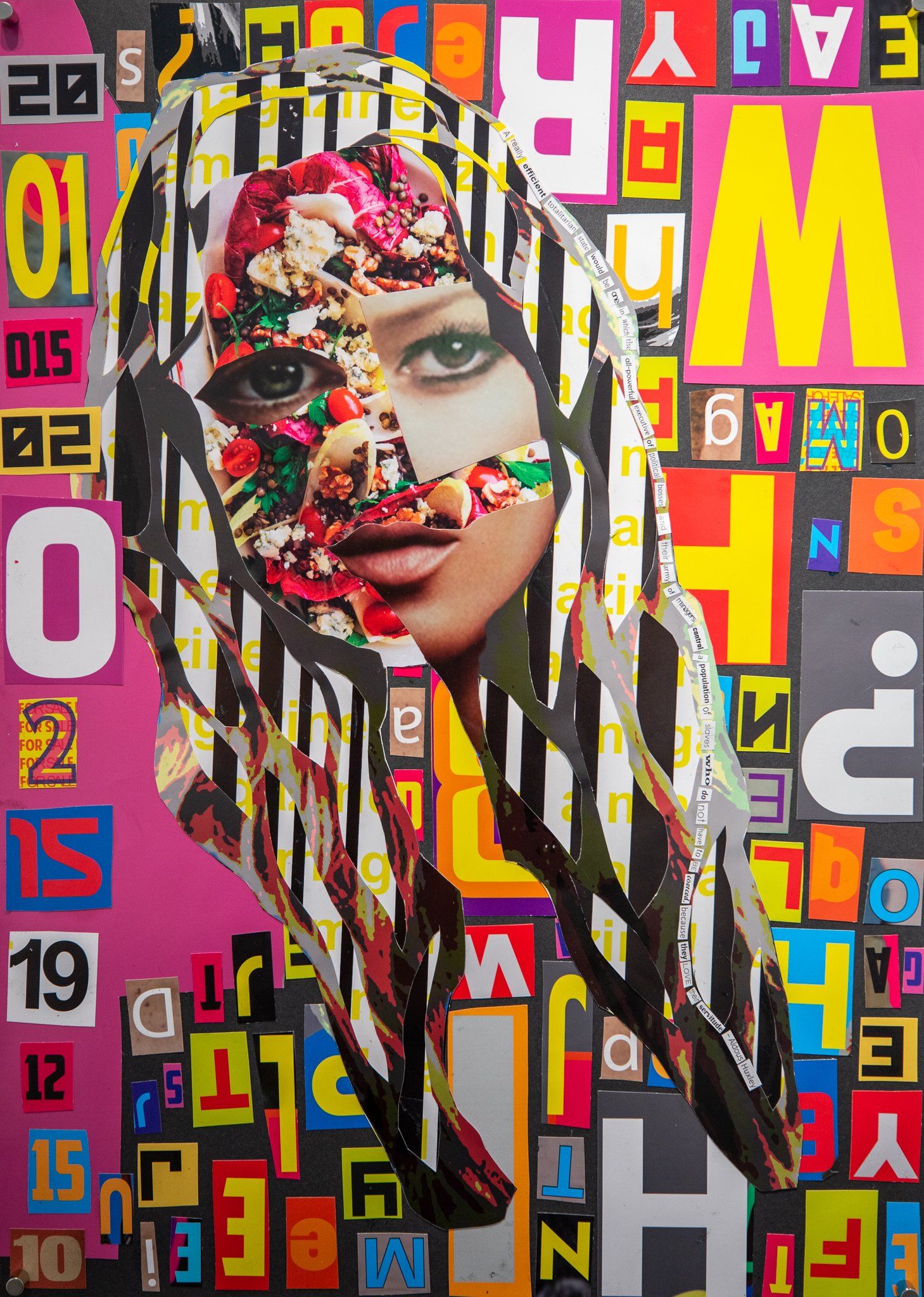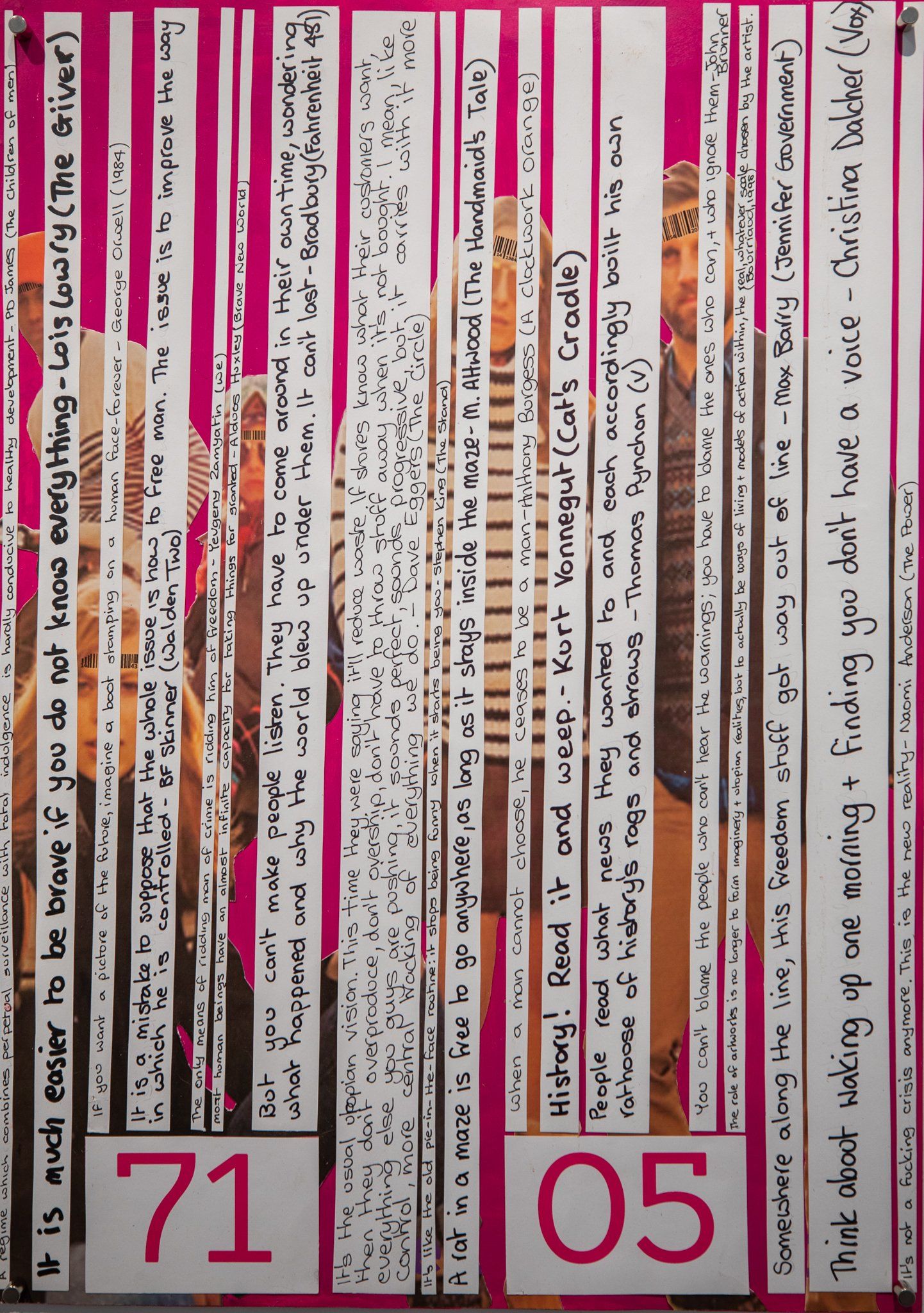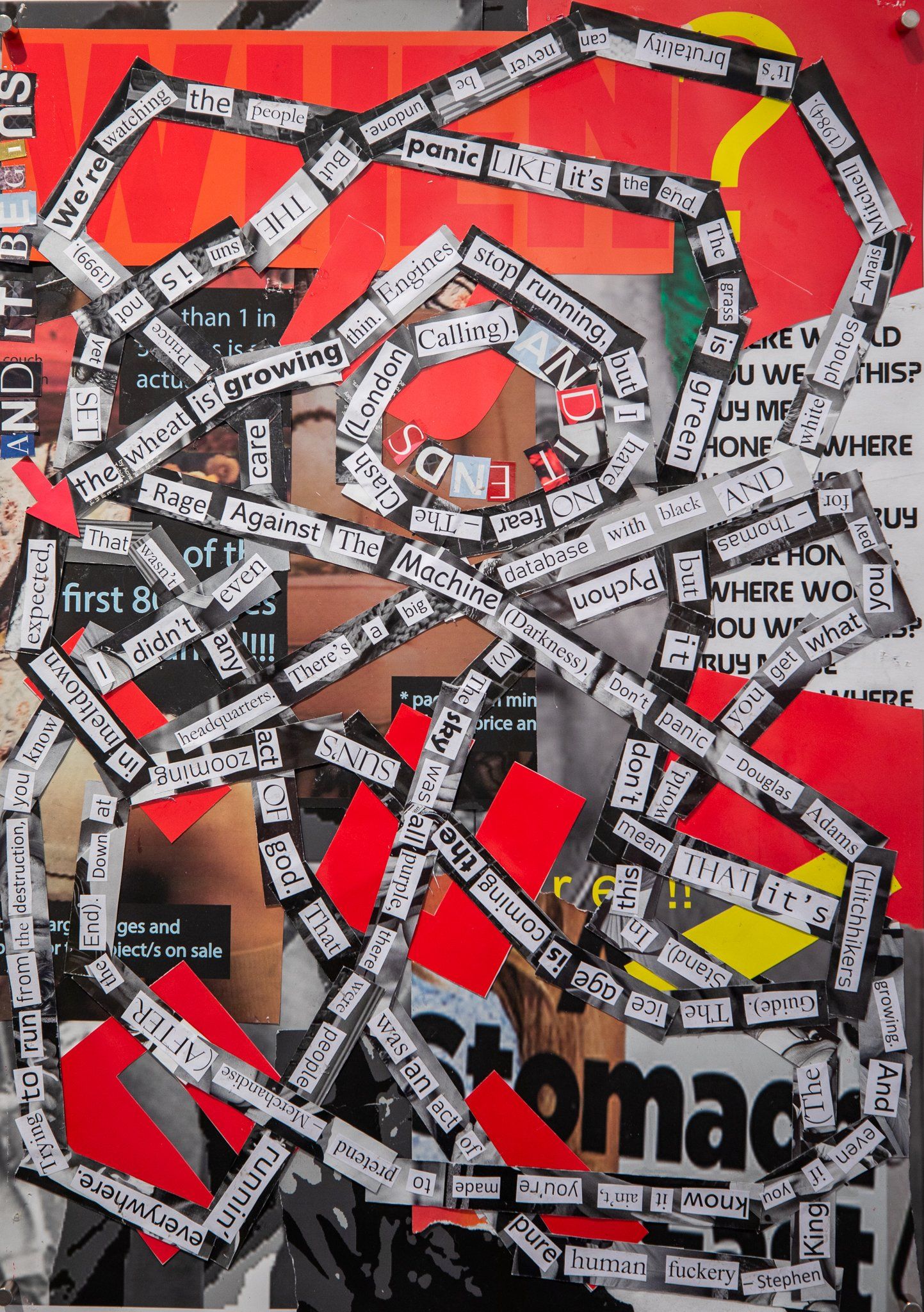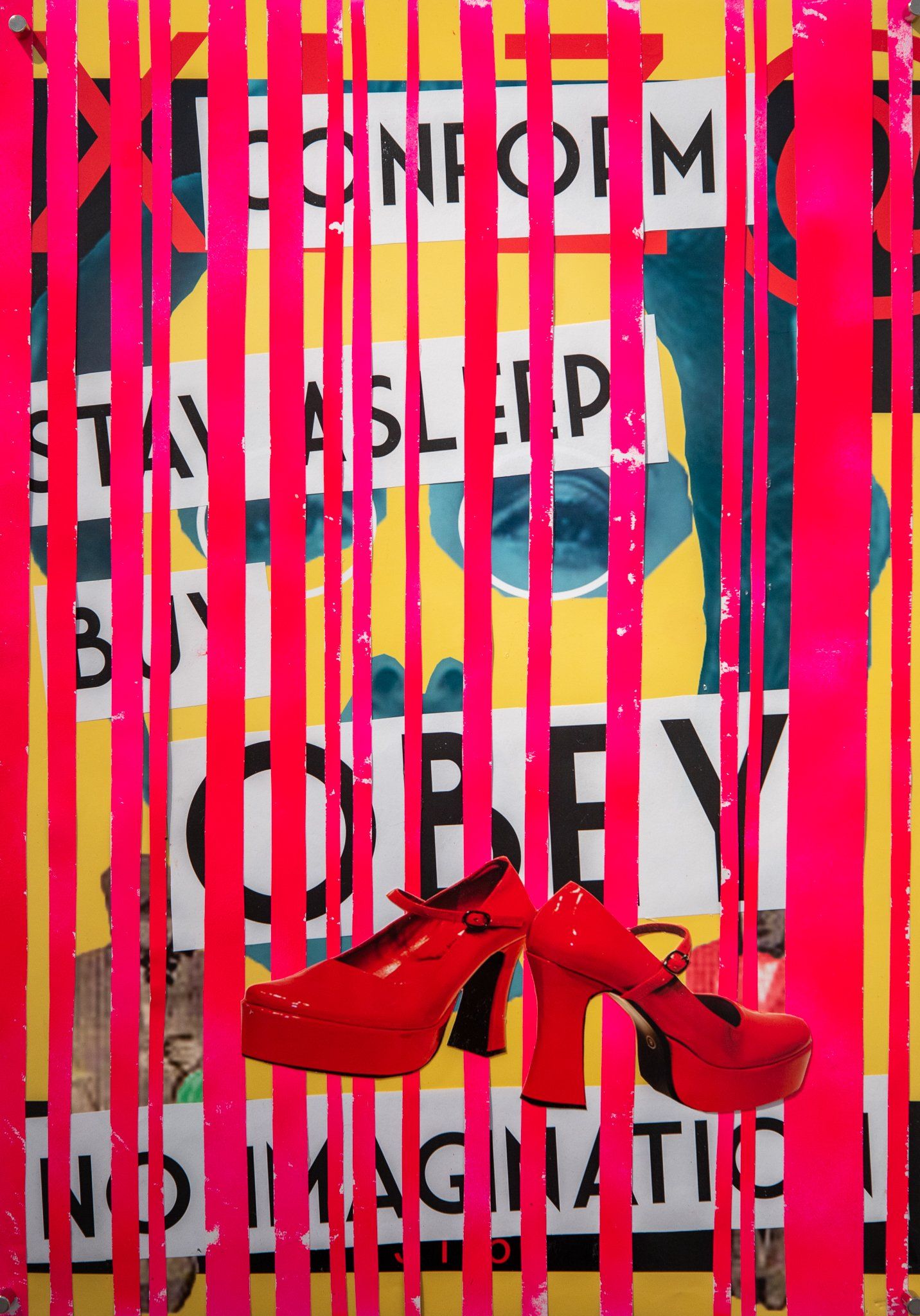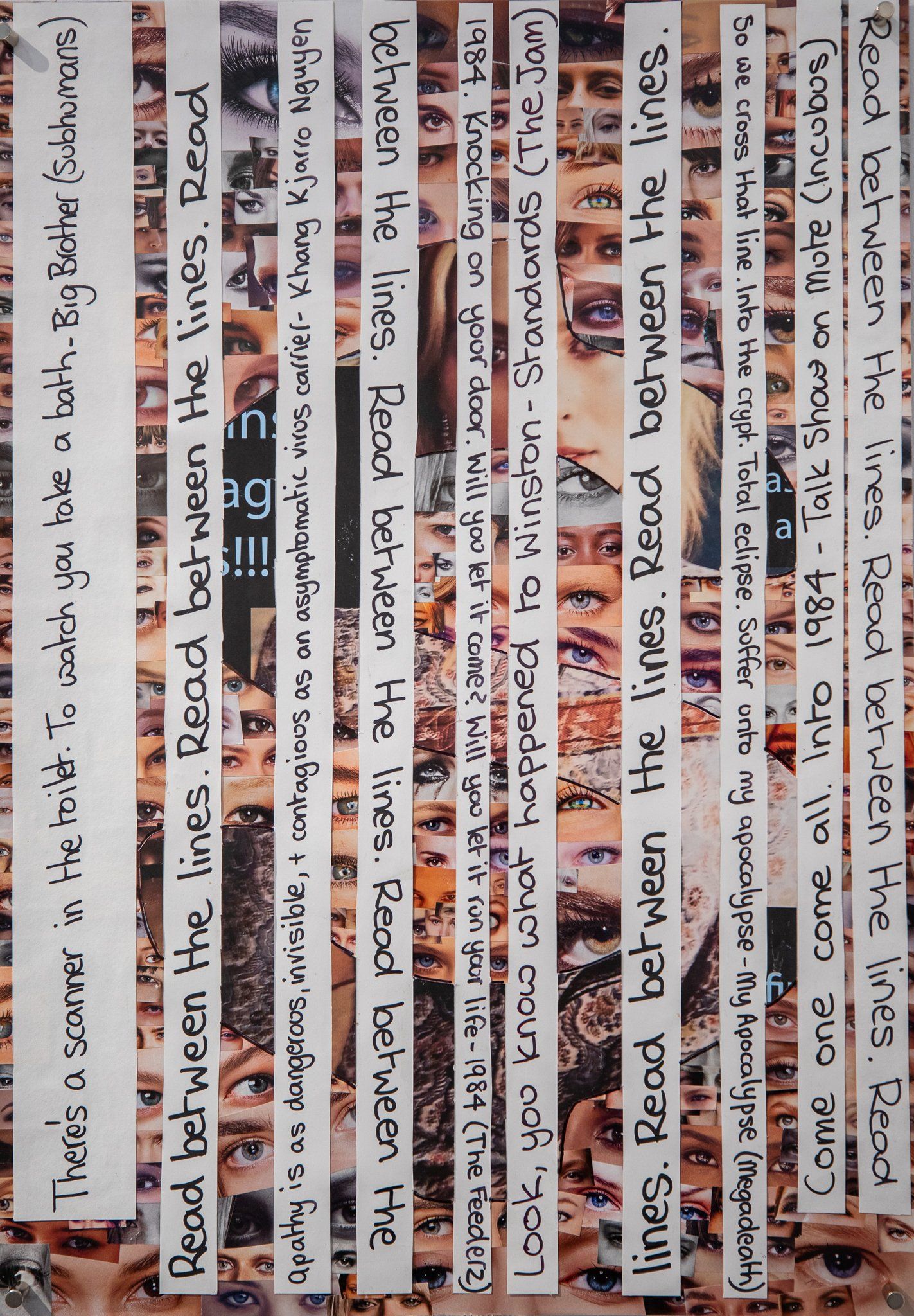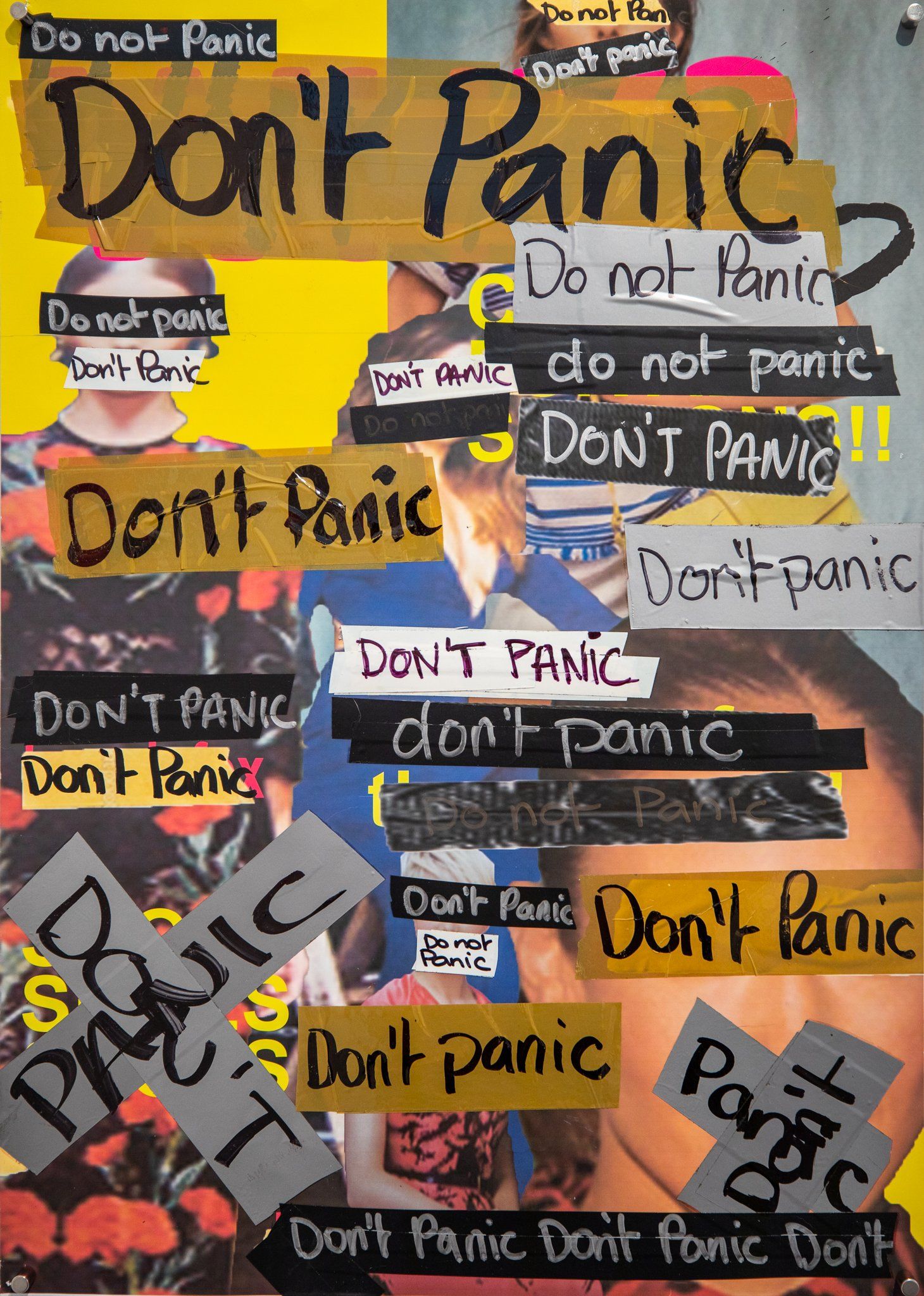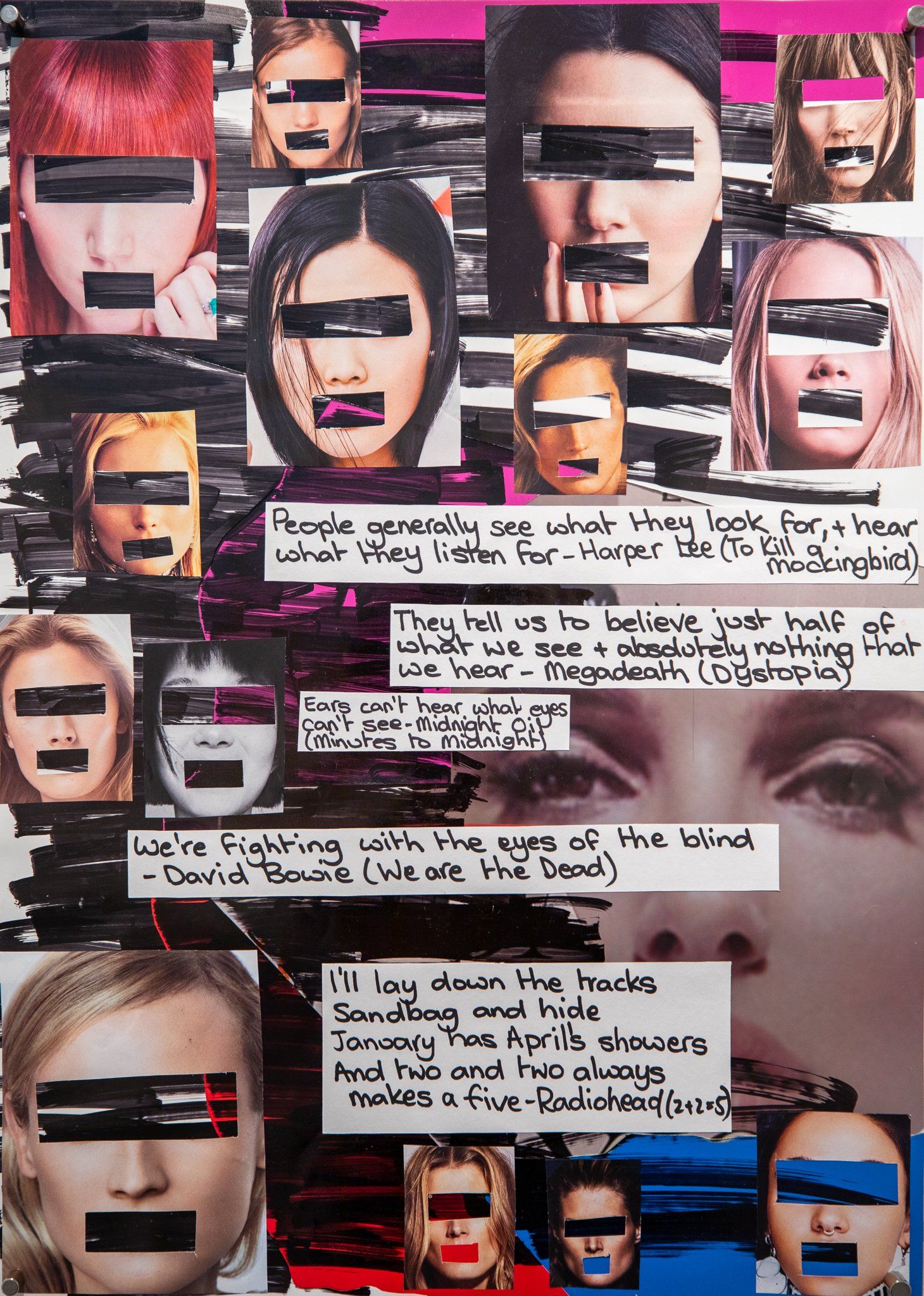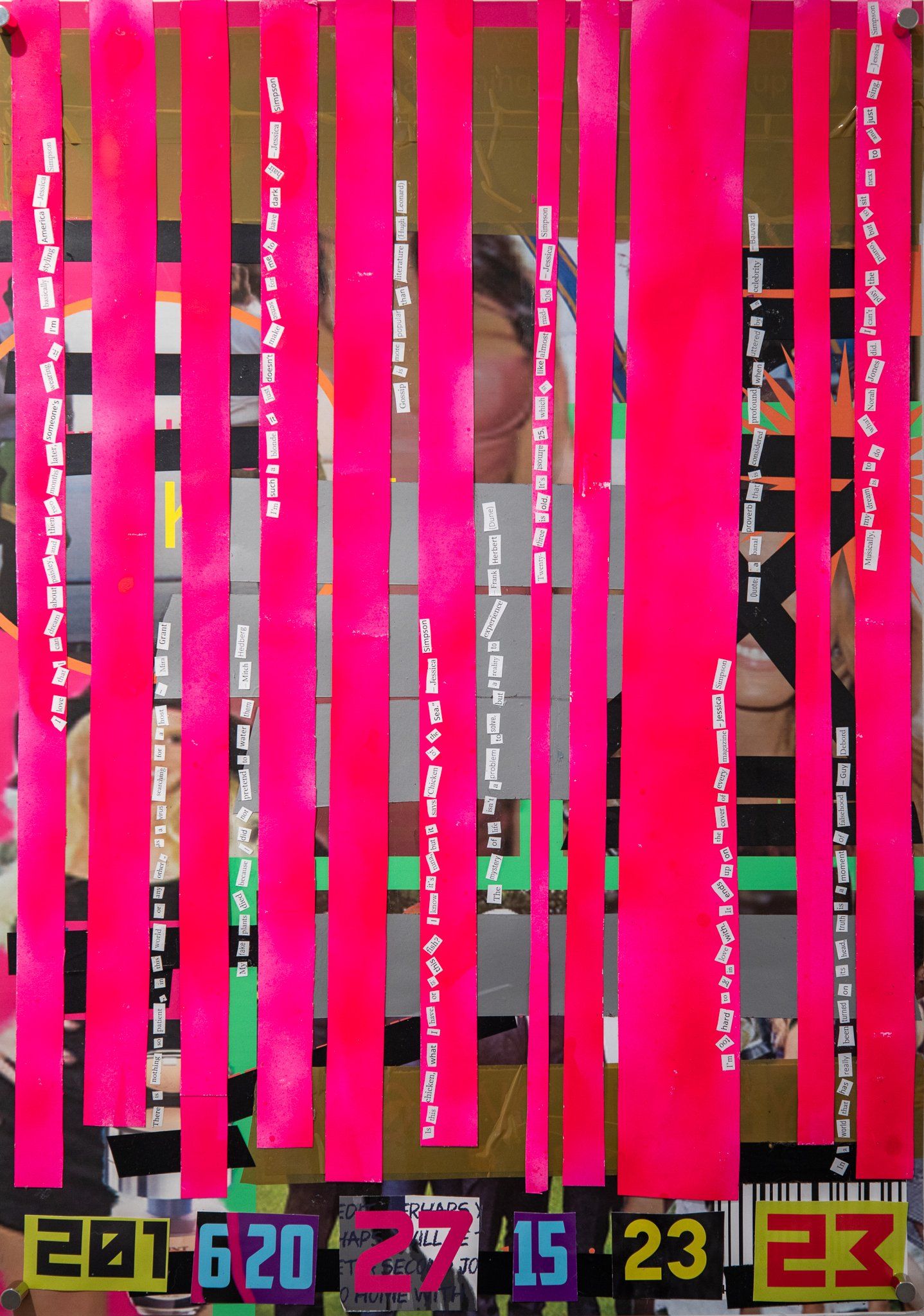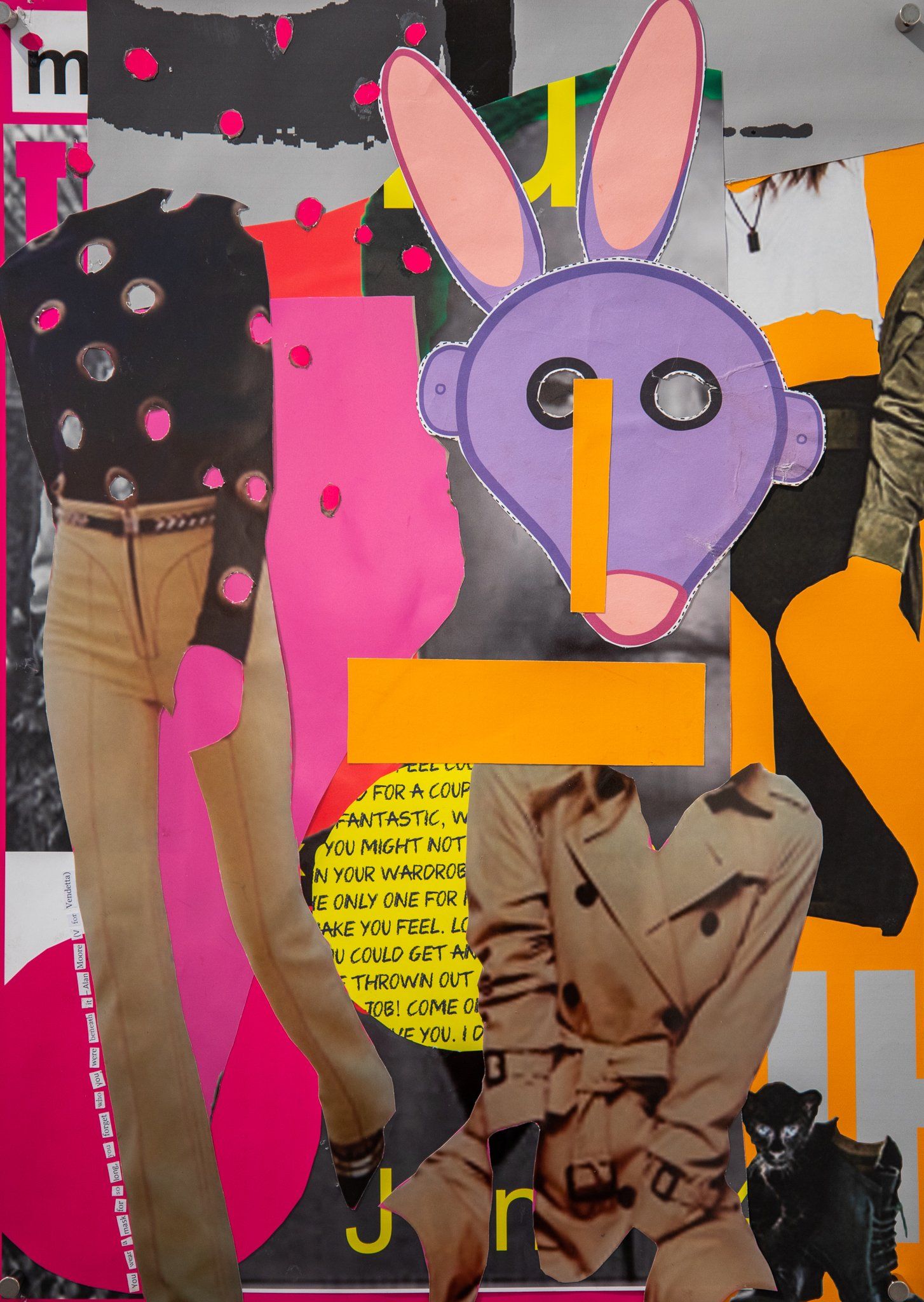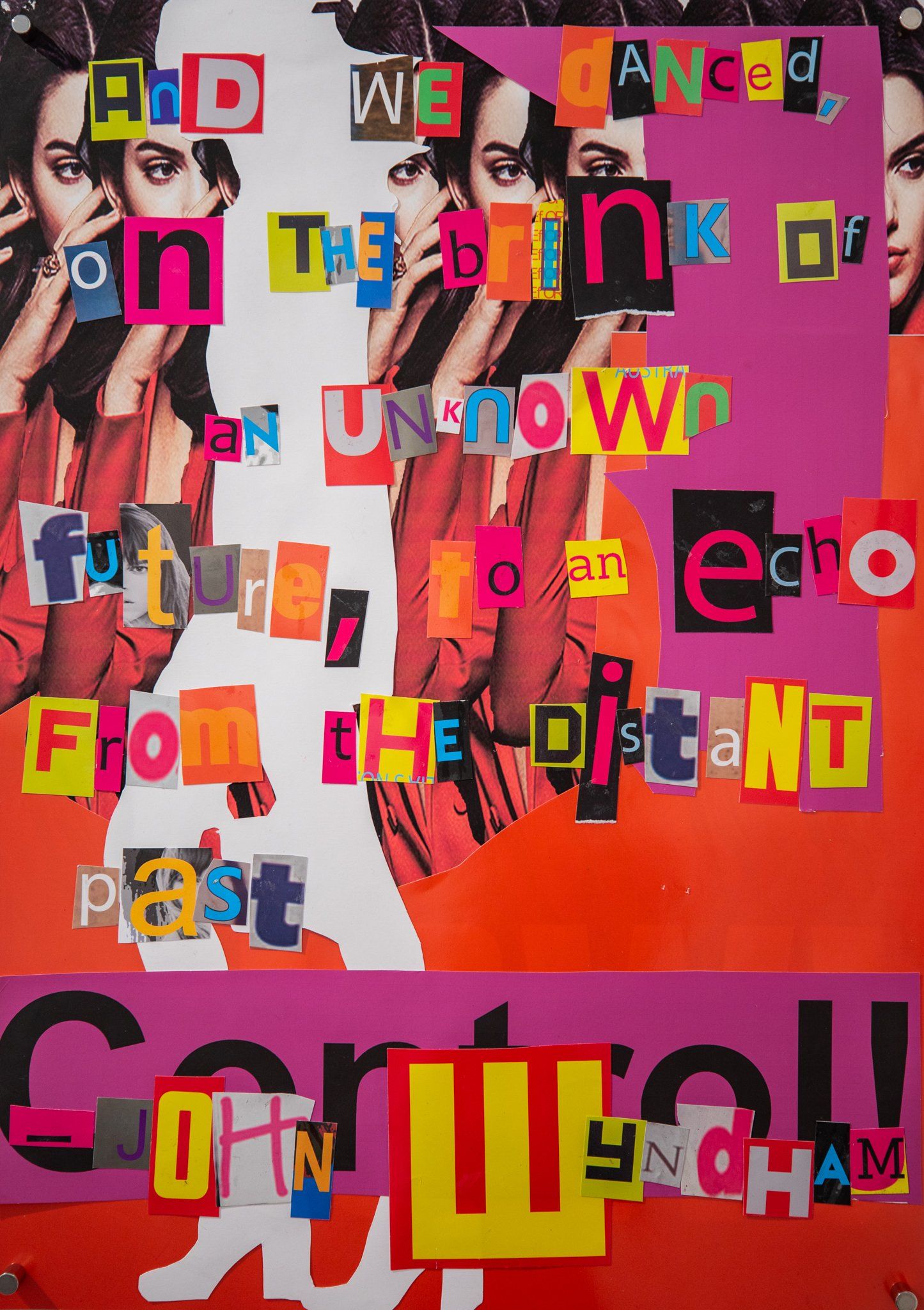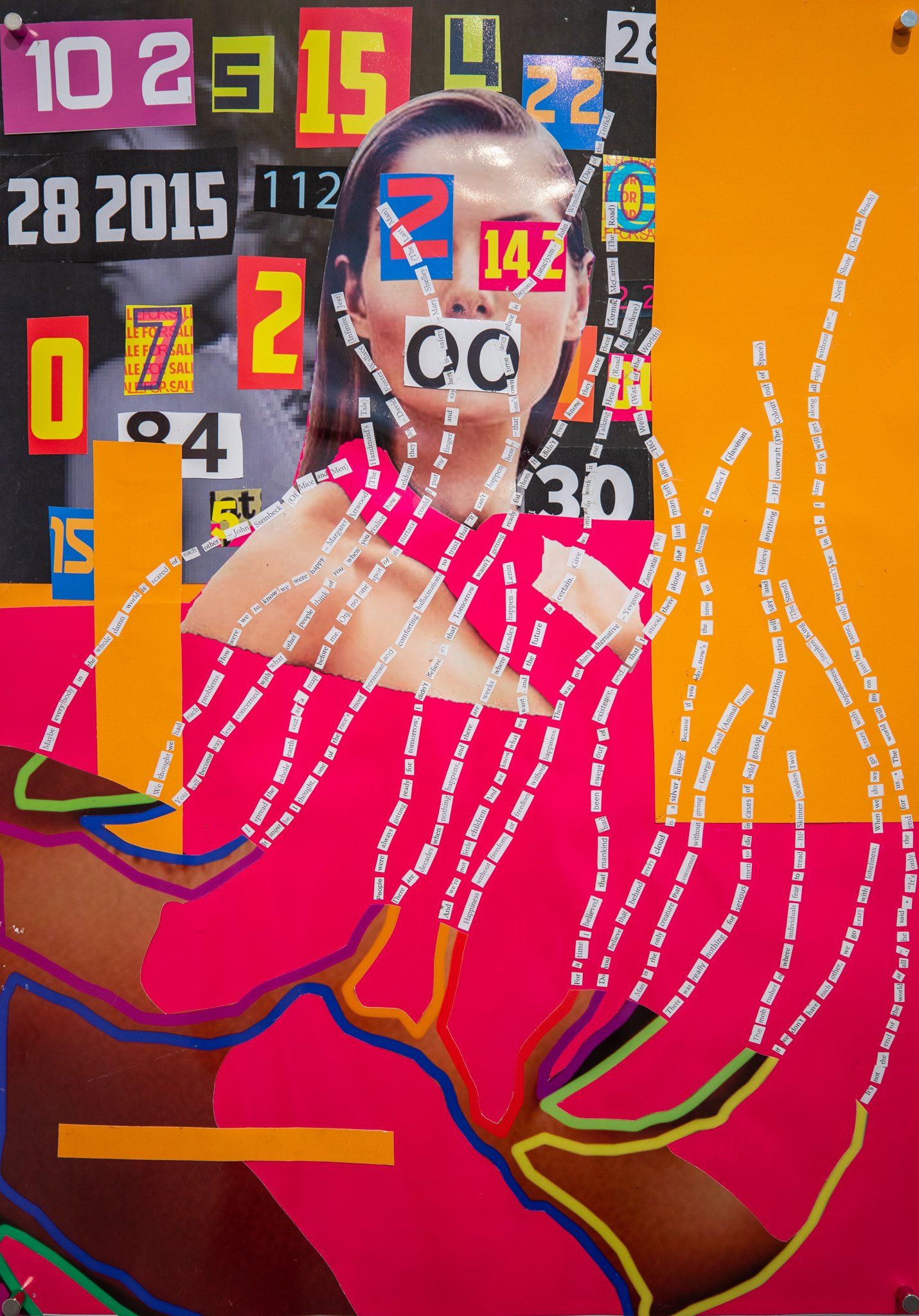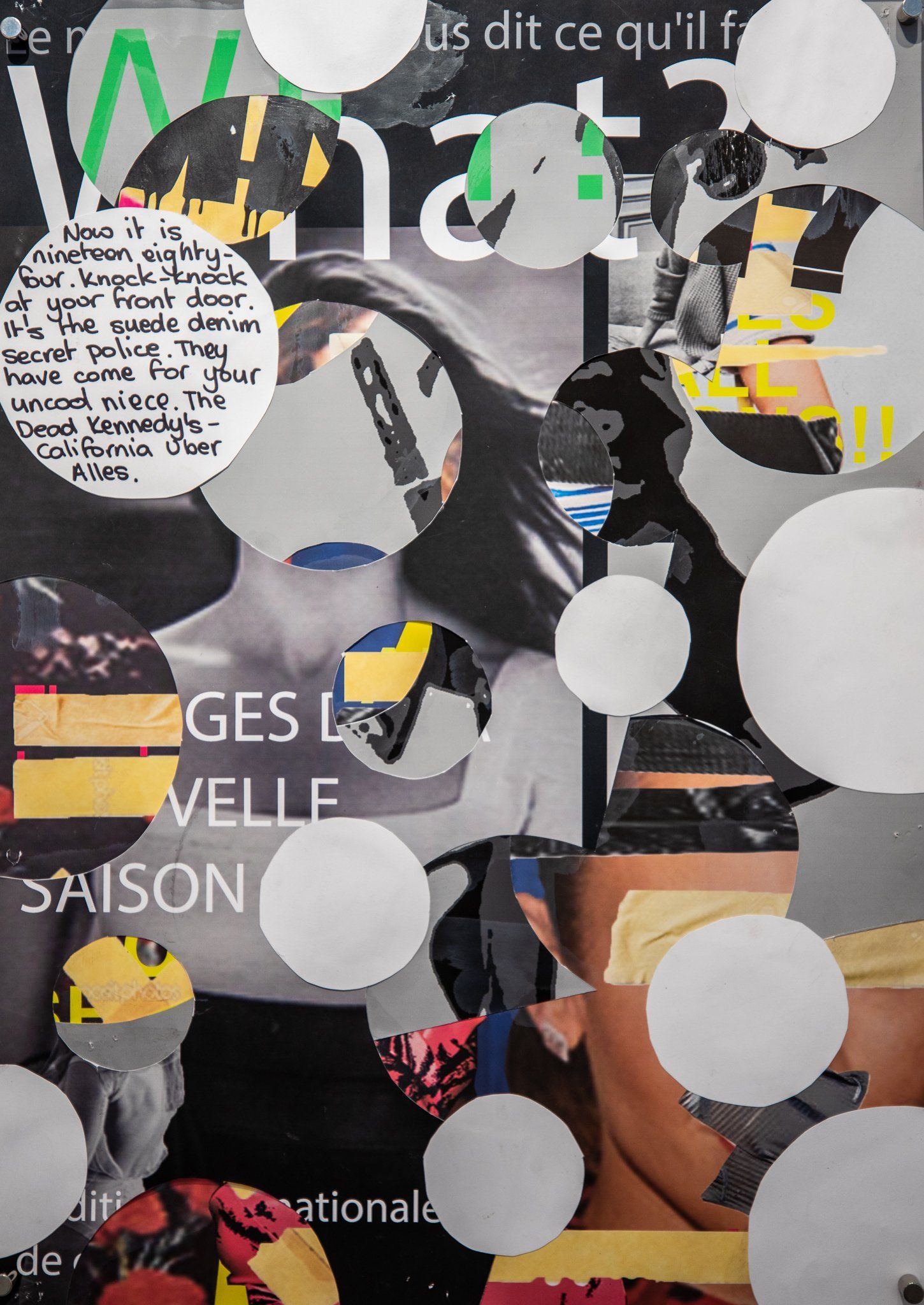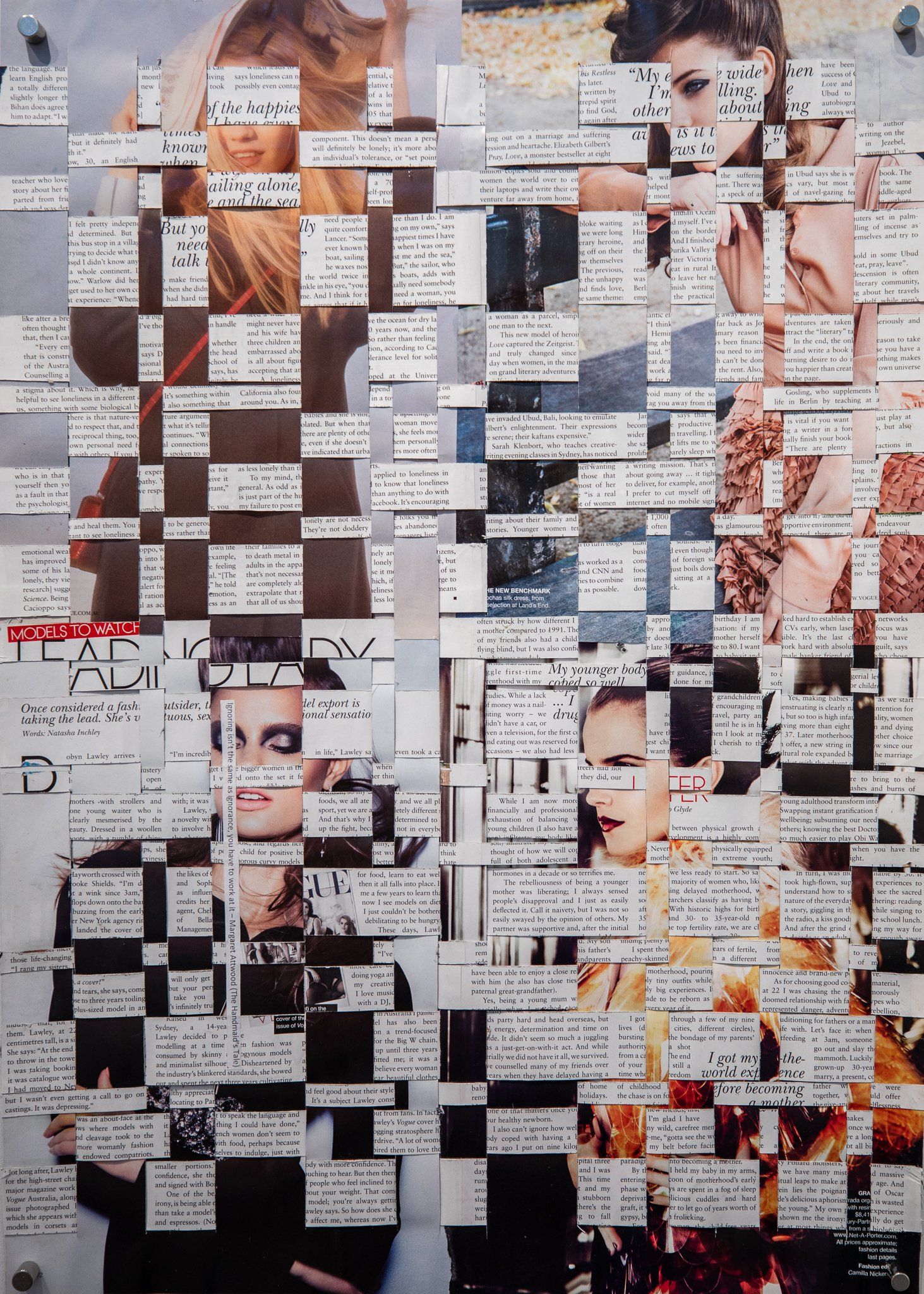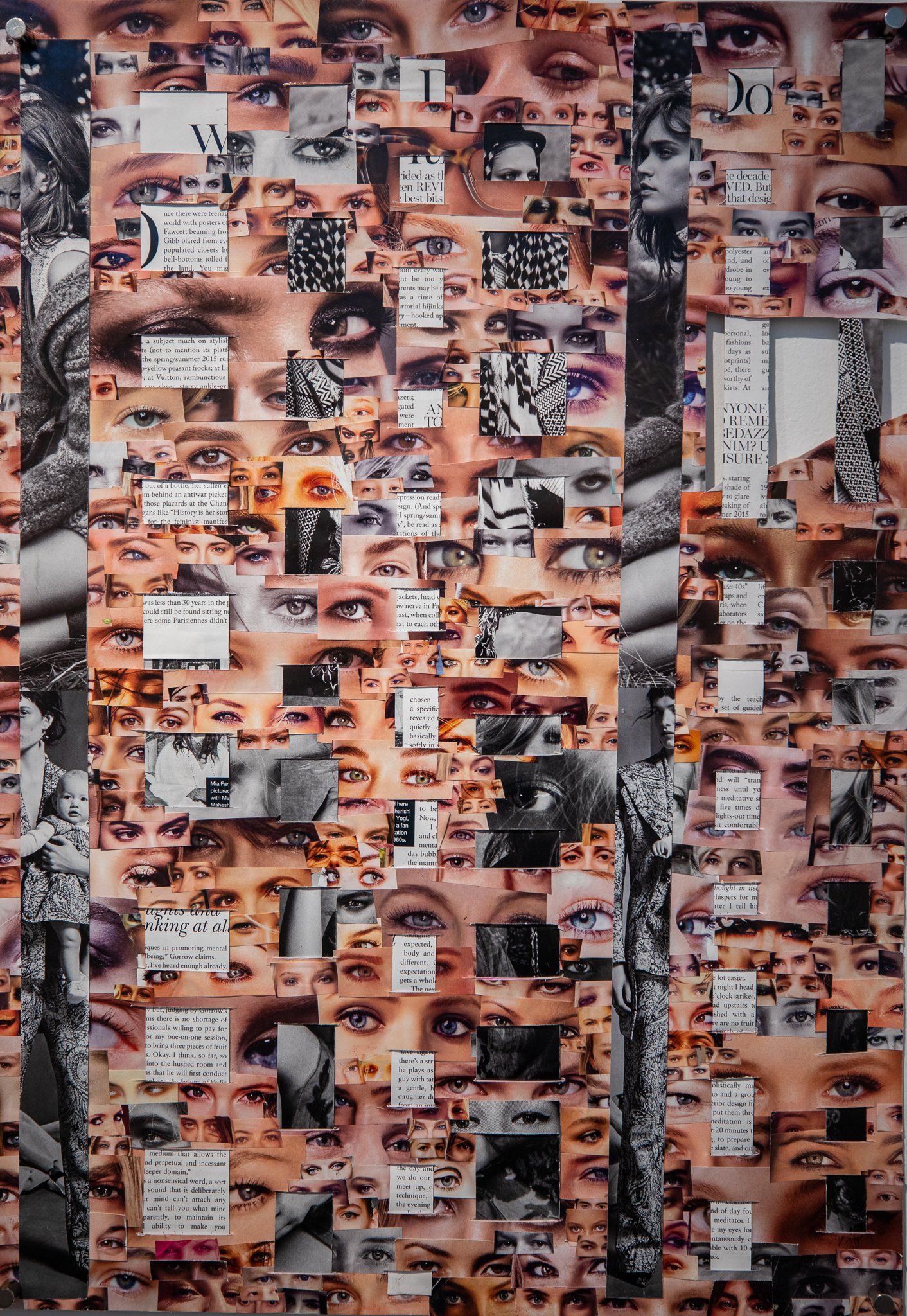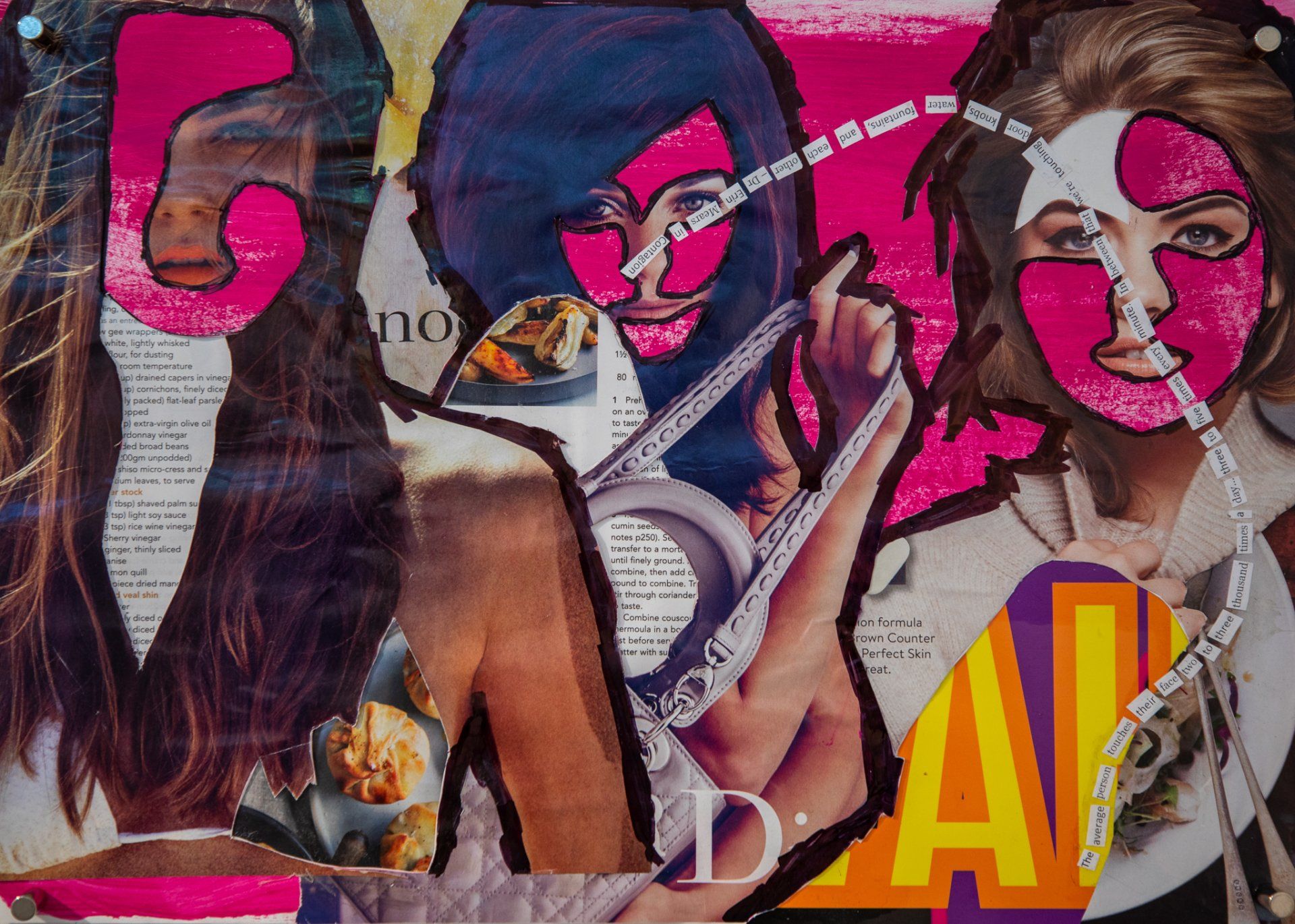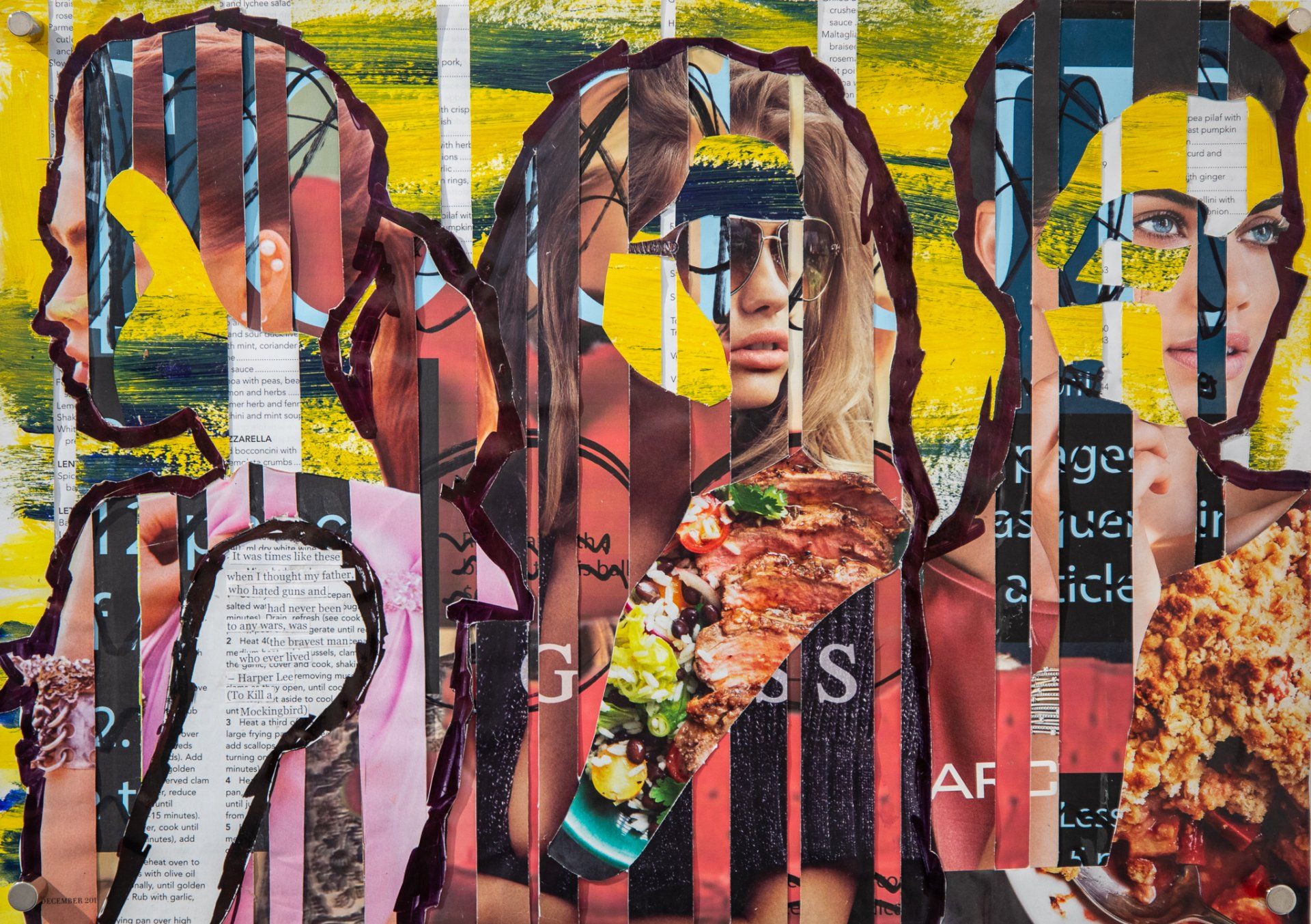The Future Is Nearer Than You Know,
It Is Here... by Liz Grylls
The Future Is Nearer Than You Know,
It Is Here... by Liz Grylls
A particular style of dystopian novel (e.g. 1984; The Bar Code Tattoo; The Handmaid’s Tale), have highlighted the problems with governments tracking people, in that they lose their individuality and are often scared to act outside of the expectations of ‘Big Brother’.
In 2020, the use of the barcode (along with microchipping) appears to be becoming normalised (whereas in 1987, the Australian Card was abandoned). Likewise, we are constantly blasted with contradictory images and text, especially through the media, in that we are expected to be ourselves, which may be inherently different to what is essentially sold to us in that we should look generic, but more importantly we should all think the same. If we don’t think the same as the prevailing view, we are different, and it seems that there is no middle ground, only extremes of thinking and you are either 'with us' or 'against us'.
In the current exhibition, the artist aims to use artwork that focuses on human beings becoming generic, but also highlight that if (and when) we do become engraved and a way of tracking each of us becomes engrained as normal, we are still individuals and that while “they” try to indoctrinate each of use to look the same, act the same, and think the same, we are still able to have our own points of view, we can look different, and we can break out of that pattern.
Along with using images, text has also been used, including text from dystopian literature, song lyrics and politicians to highlight the concepts of the future, being generic and consumerism either within the images or within the title.
Finally, as 2020 looks like it could have been written as an Orwellian dystopian novels, where it was often difficult to buy necessities (e.g. toilet paper, art supplies), all artworks were made with materials, including printed quotes and images that the artist had on hand.
